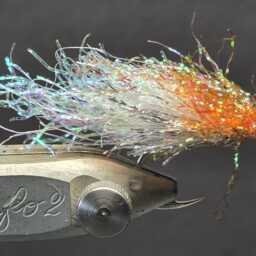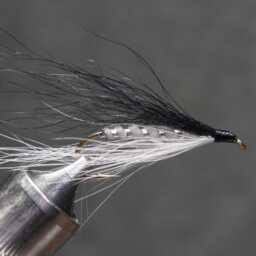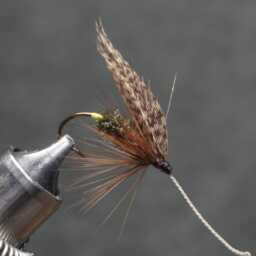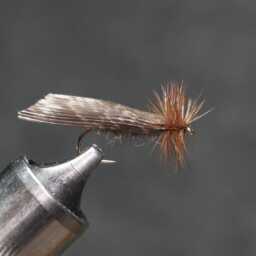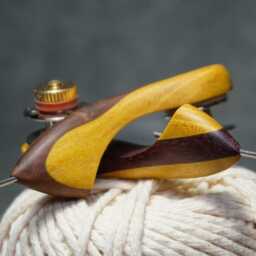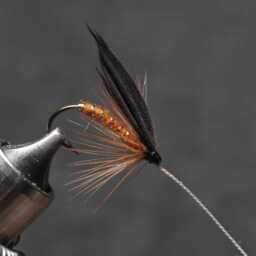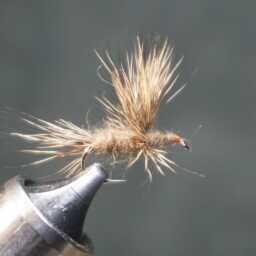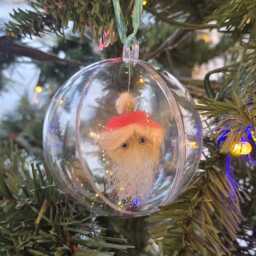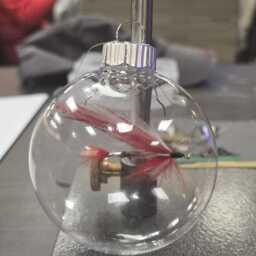Feathers from the Eurasian teal (A. crecca) are also highly valued in fly tying for several purposes:
Wing feathers: Similar to the American teal, the wing feathers of the Eurasian teal are used to create realistic-looking wings on flies meant to imitate insects or smaller birds. They offer a range of colors and markings suitable for mimicking various species.
Body feathers: The soft, finely marked body feathers of the Eurasian teal are utilized in creating bodies for wet flies and nymphs. Their mottled appearance provides a naturalistic effect underwater.
Flank feathers: These feathers, with their subtle and unique coloration, are often employed to create bodies or add movement to certain fly patterns, especially in wet flies.
Soft hackle: The feathers from the Eurasian teal’s body are suitable for crafting soft hackle collars on various fly patterns. They offer natural movement in the water, enticing fish.
Muddler and streamer patterns: Similar to the American teal, feathers from the Eurasian teal are used in tying muddler or streamer patterns, where their natural hues and markings imitate small fish or aquatic prey.
Both the American teal and Eurasian teal feathers share common uses in fly tying due to their natural appearance, versatility, and effectiveness in imitating various aquatic creatures, making them highly prized by fly tiers.
The Eurasian teal, also known as the common teal or Eurasian green-winged teal, is a widely spread duck found in temperate Eurosiberia. In winter, it migrates south. This species is often referred to simply as “teal” in its habitat due to its dominance among small dabbling ducks.
These ducks are highly sociable, forming large flocks outside the breeding season, and are commonly spotted in sheltered wetlands. Their diet includes seeds and aquatic invertebrates. Formerly considered a subspecies, the North American green-winged teal is now distinct from the Eurasian teal.
Measuring between 34–43 cm (13–17 in) in length, the Eurasian teal is one of the smallest dabbling ducks. Drakes (males) weigh around 360 g (13 oz) on average, while hens (females) average around 340 g (12 oz). Their appearance changes notably between breeding and non-breeding seasons. In breeding plumage, males exhibit a grey body with distinct chestnut-colored head and upper neck, showcasing an iridescent dark green patch and white stripes along the flanks.
During the non-breeding (eclipse) phase, drakes resemble females with a more uniform coloration. Females and immatures are yellowish-brown with distinct feather patterns. The species is also recognizable by its calls; males emit a clear whistle, while females produce a softer quack.
Identifying the Eurasian teal involves observing specific markings such as the scapular stripe and facial outlines in males during breeding seasons, while non-breeding individuals and females are smaller and harder to distinguish from similar species like the green-winged teal.
« Back to Glossary Index
